1、 Curing method
1. Temperature: Basil is suitable for growing in a warm environment. Therefore, the ambient temperature can be adjusted to 15 to 25 degrees. According to its habits, it is not cold resistant, so it needs to be cold proof in winter and keep it above 10 degrees as far as possible
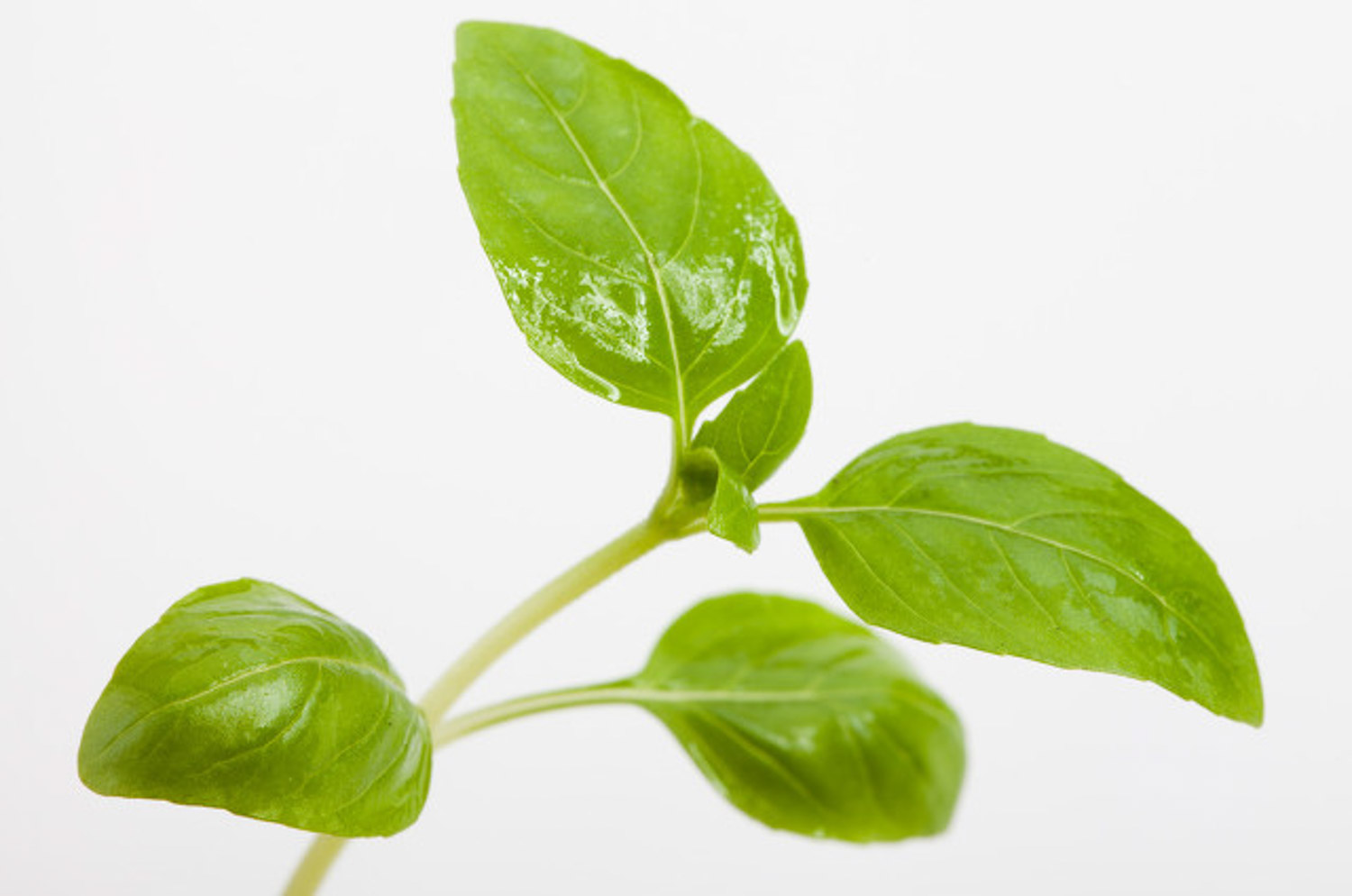
2. Watering: according to the habit of basil, it is drought resistant, but it is very afraid of waterlogging. Therefore, you can't pour too much at any time, and you must not accumulate water. It can be poured according to the method of "better dry than wet". In case of ponding in the basin, it shall be discharged in time
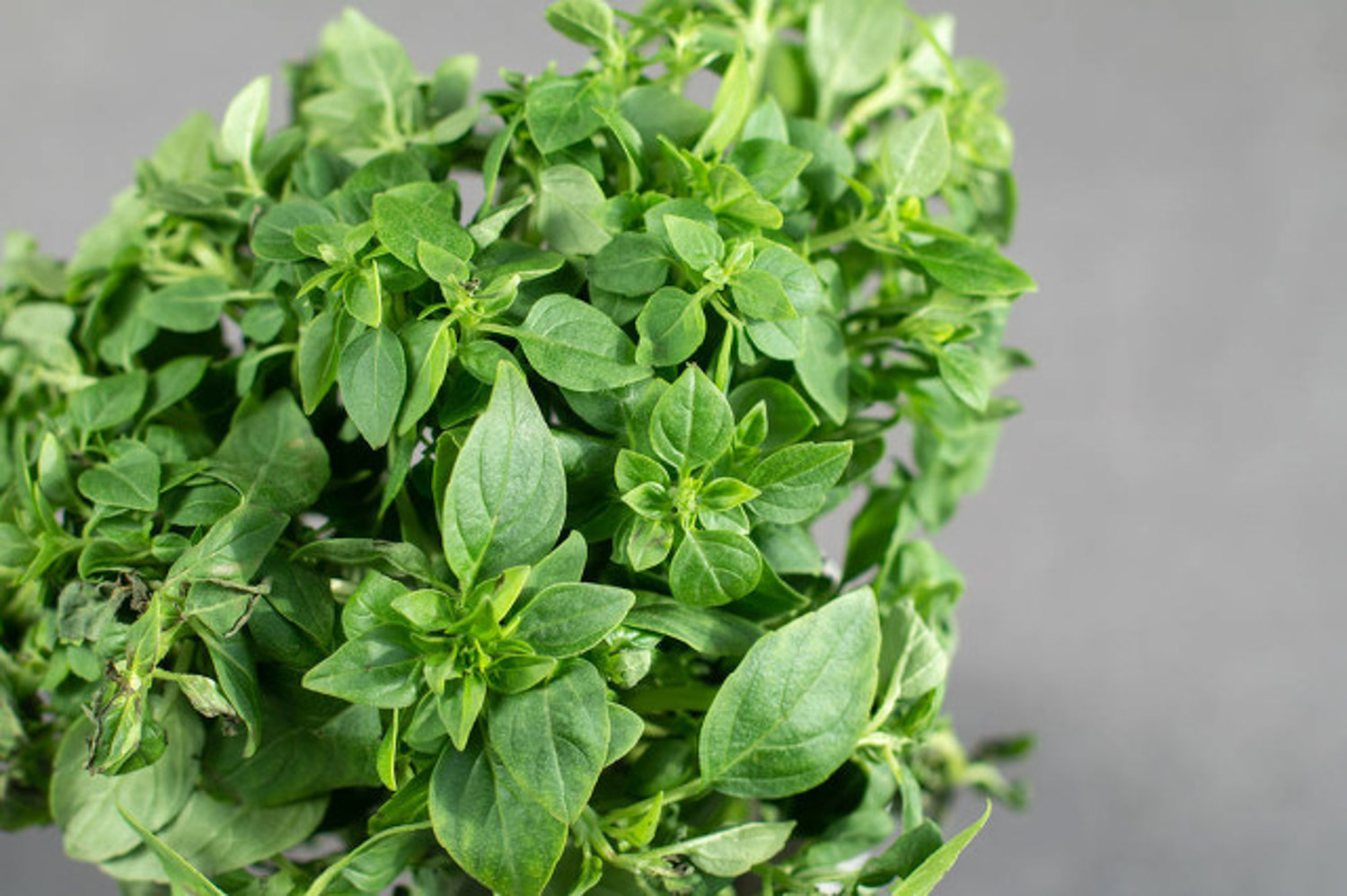
3. Light: Basil prefers light. When the light is not particularly strong, it can be placed in a sunny place. When the light is very strong, it can be moved to a half shade to avoid exposure
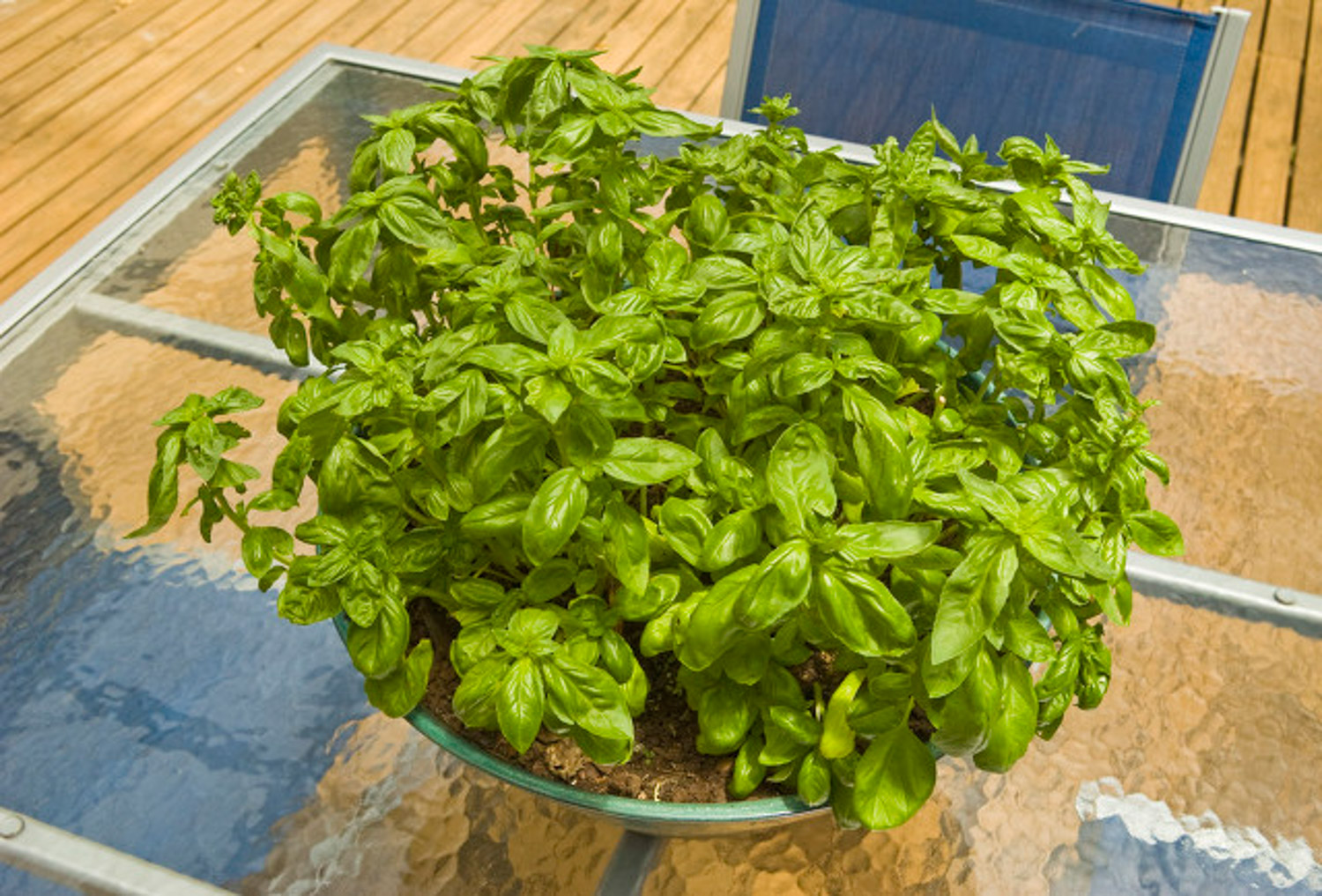
4. Soil: the two most important requirements are drainage and nutrition. Meeting these two requirements can ensure its growth
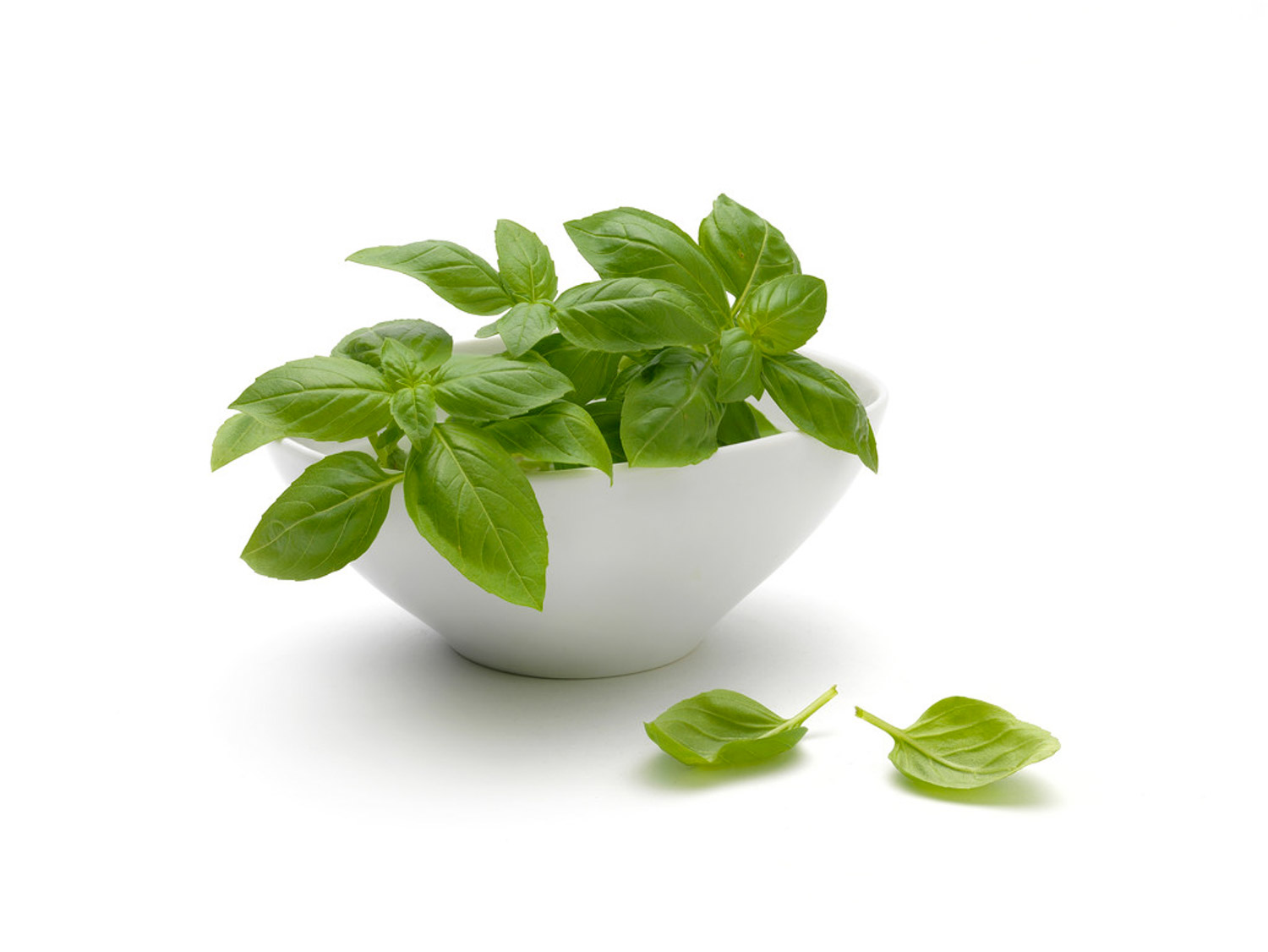
2、 Breeding skills
1. Reproduction: sowing can be used. The sowing time varies according to different regions. The south usually sows in March or this April, while the north can sow in late April and may. Moreover, you need to choose a sunny morning. Nutrient soil is selected as the substrate. After sowing in proper water, soak the seeds. If the "drill" method is adopted, the row spacing can be controlled at 35 cm. If it is a "hole sowing" method, the hole distance can be controlled at 25 cm. Keep moist after sowing
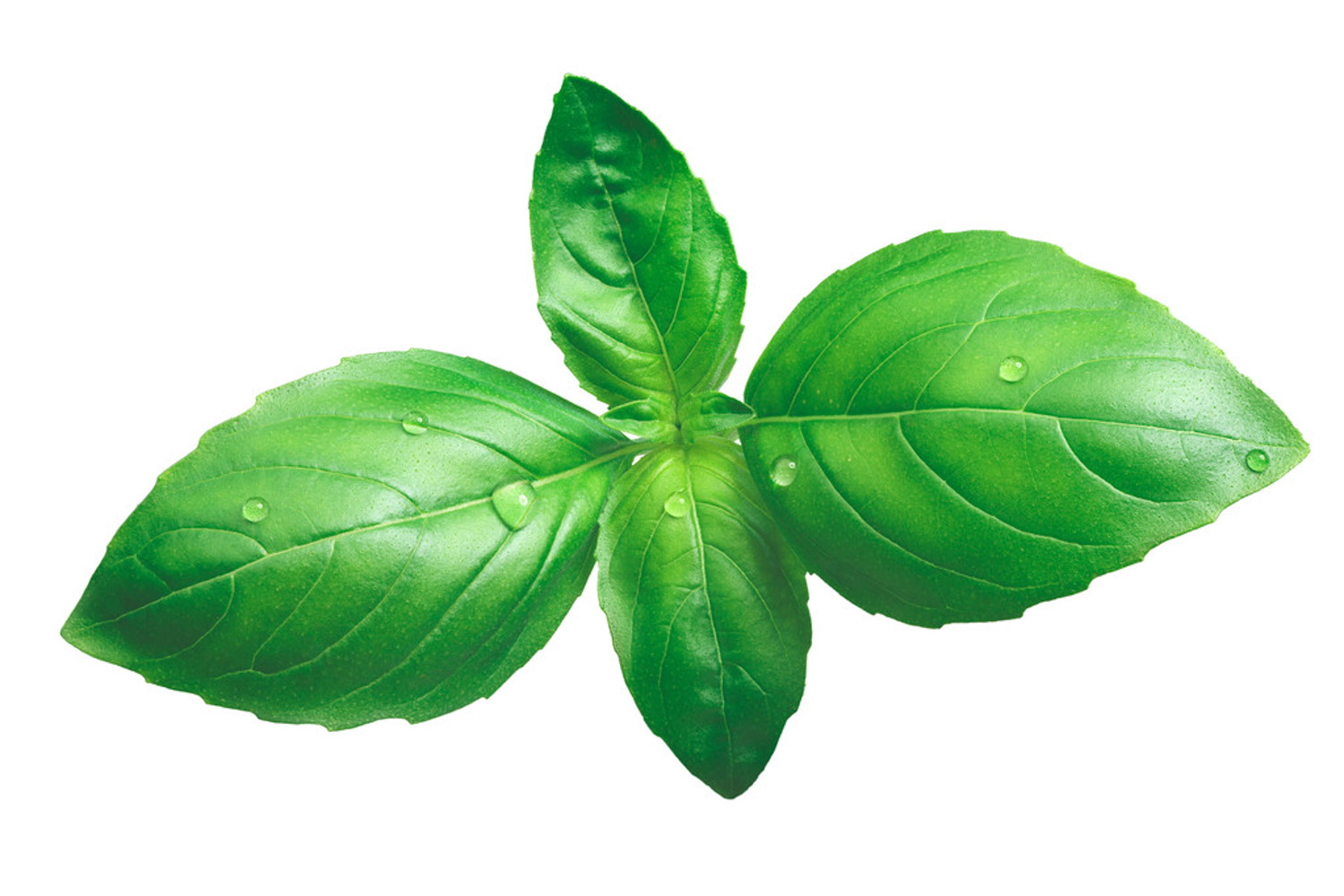
2. Basin replacement: the soil can be replaced once every two years. However, in the interval between two soil changes, it is necessary to loosen the soil often. While loosening the soil, it is also necessary to clean up the surrounding weeds
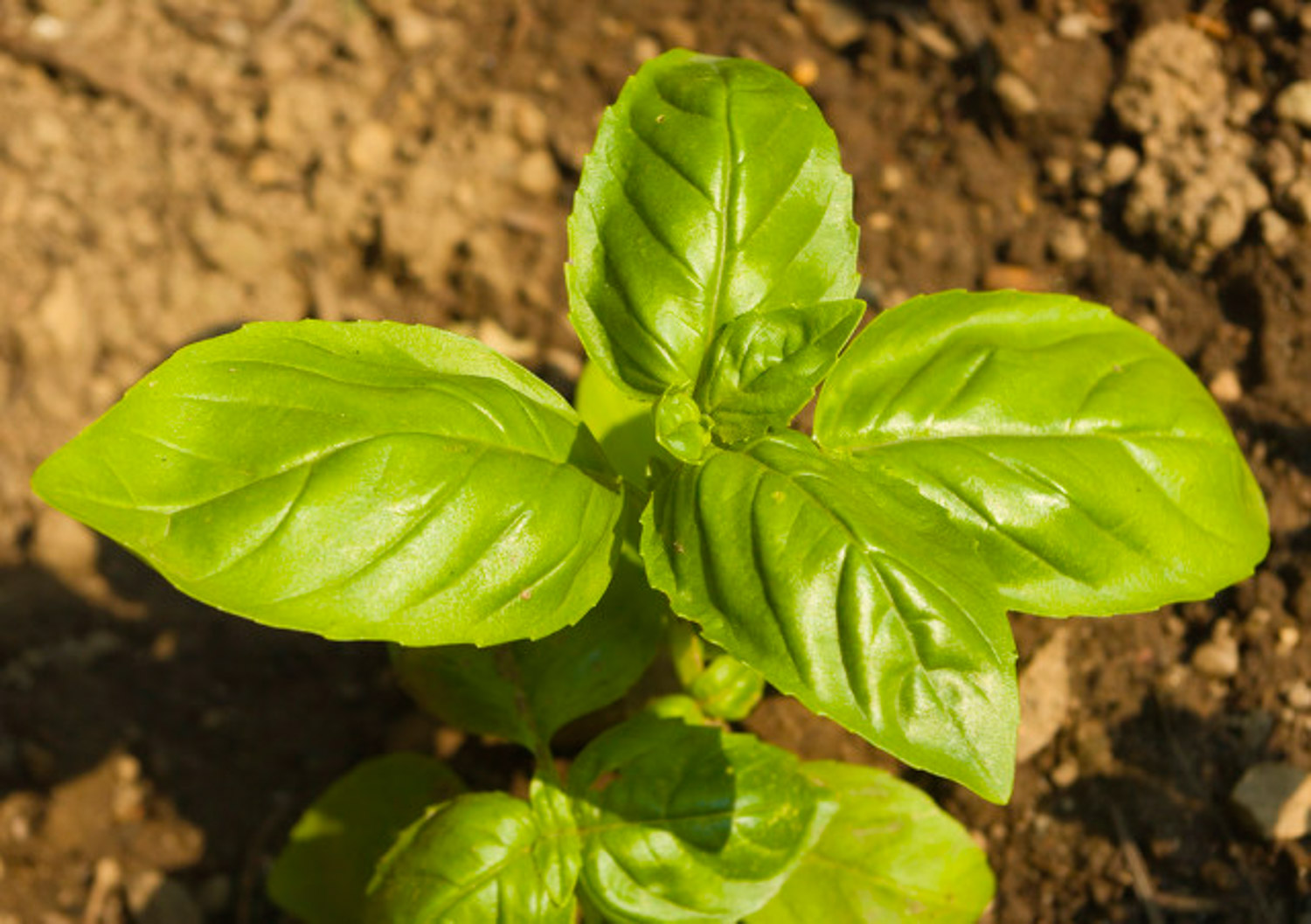
3、 Diagnosis and treatment problems
1. Disease: there may be "wilt disease", which is a disease caused by fungi. The disease causes the leaves to wither and wither. The bacteria that cause the disease can exist in the soil for many years. The effect of drug treatment is the best and needs to be used in time
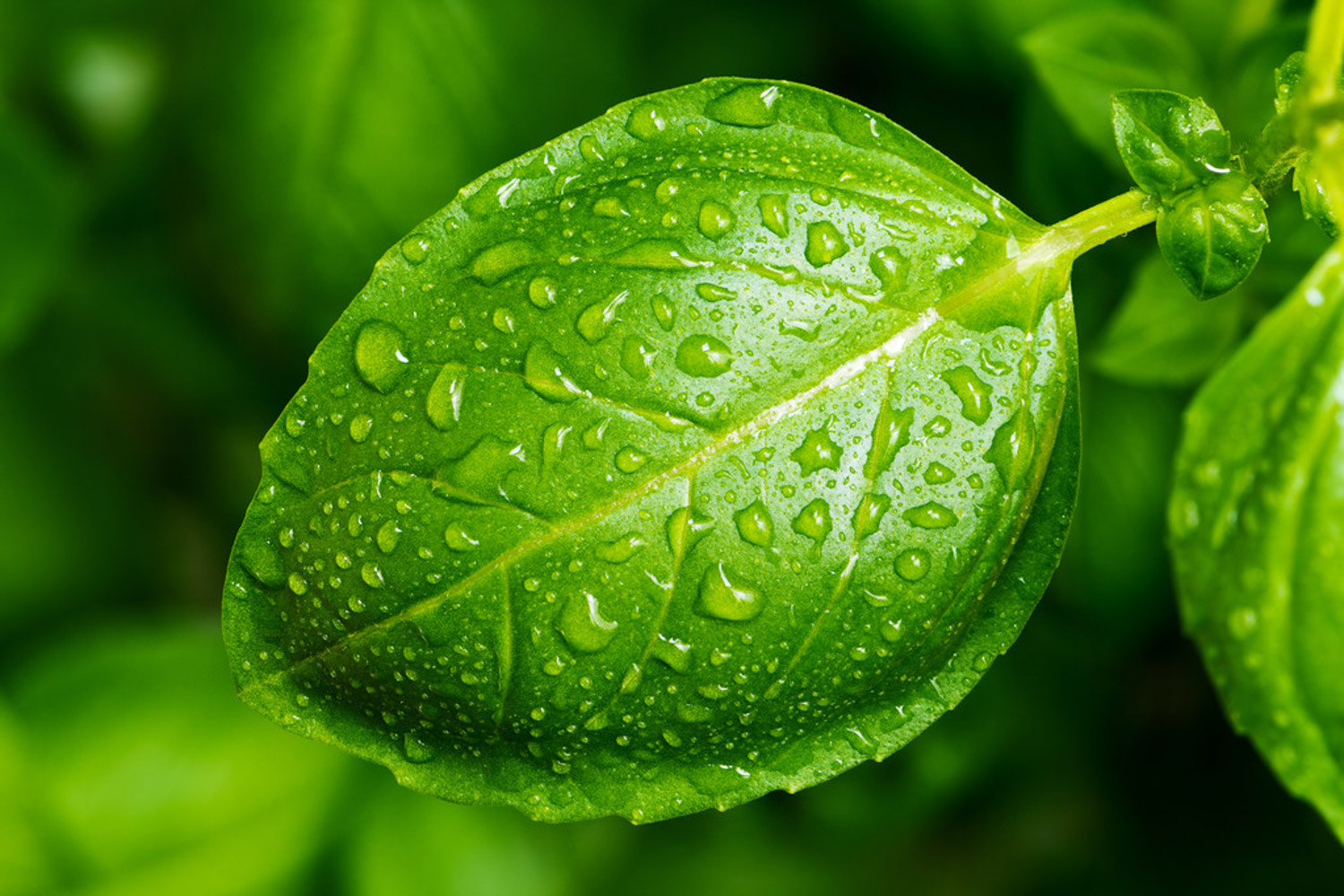
2. Insect pests: there are many kinds, such as "snail", "slug", "leaf miner", etc. A small number of available snaps. They can also be lured and killed with their favorite food
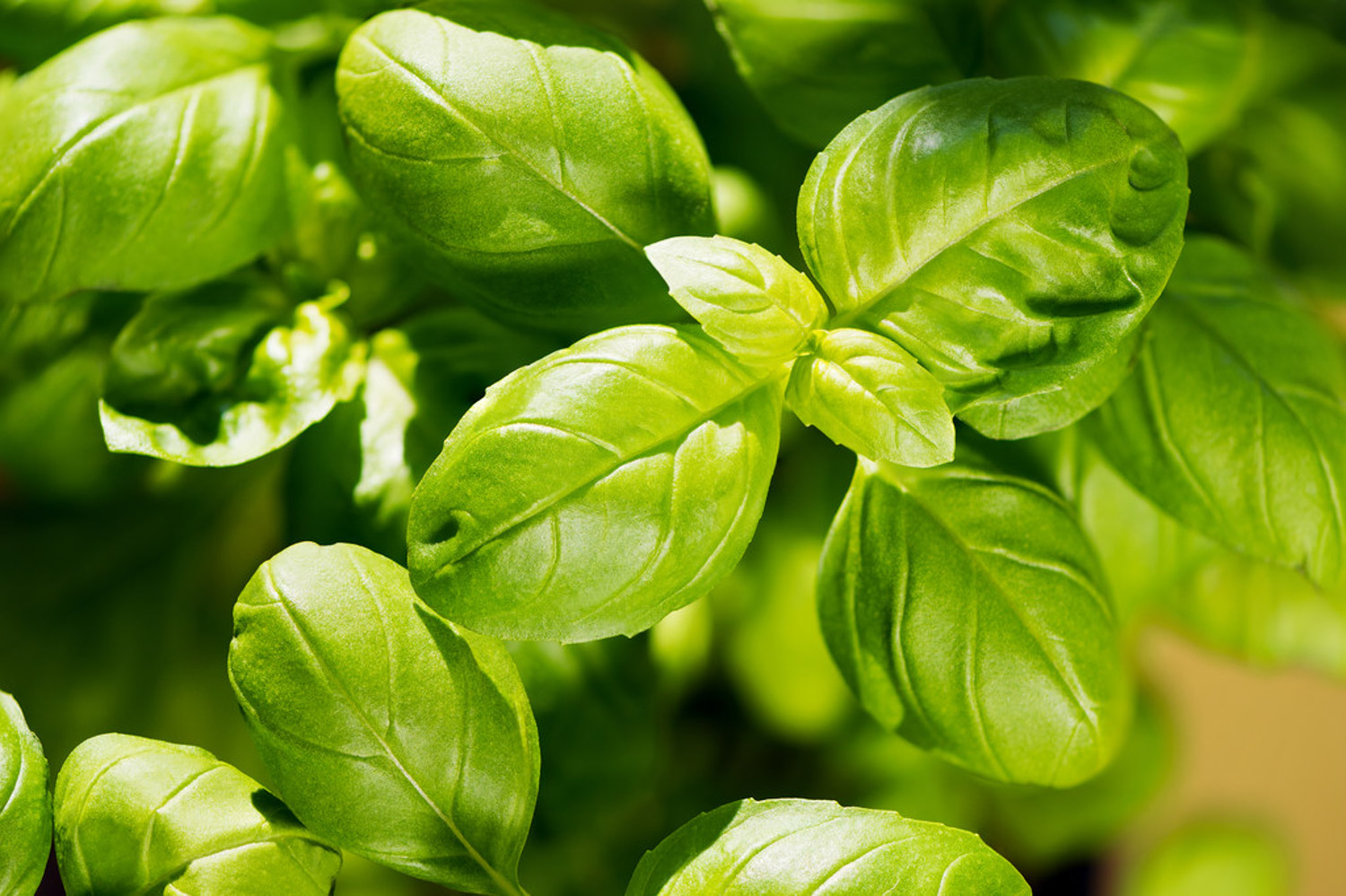
4、 Other issues
1. Toxicity: it is not toxic. Moreover, it can also be used as a medicinal material
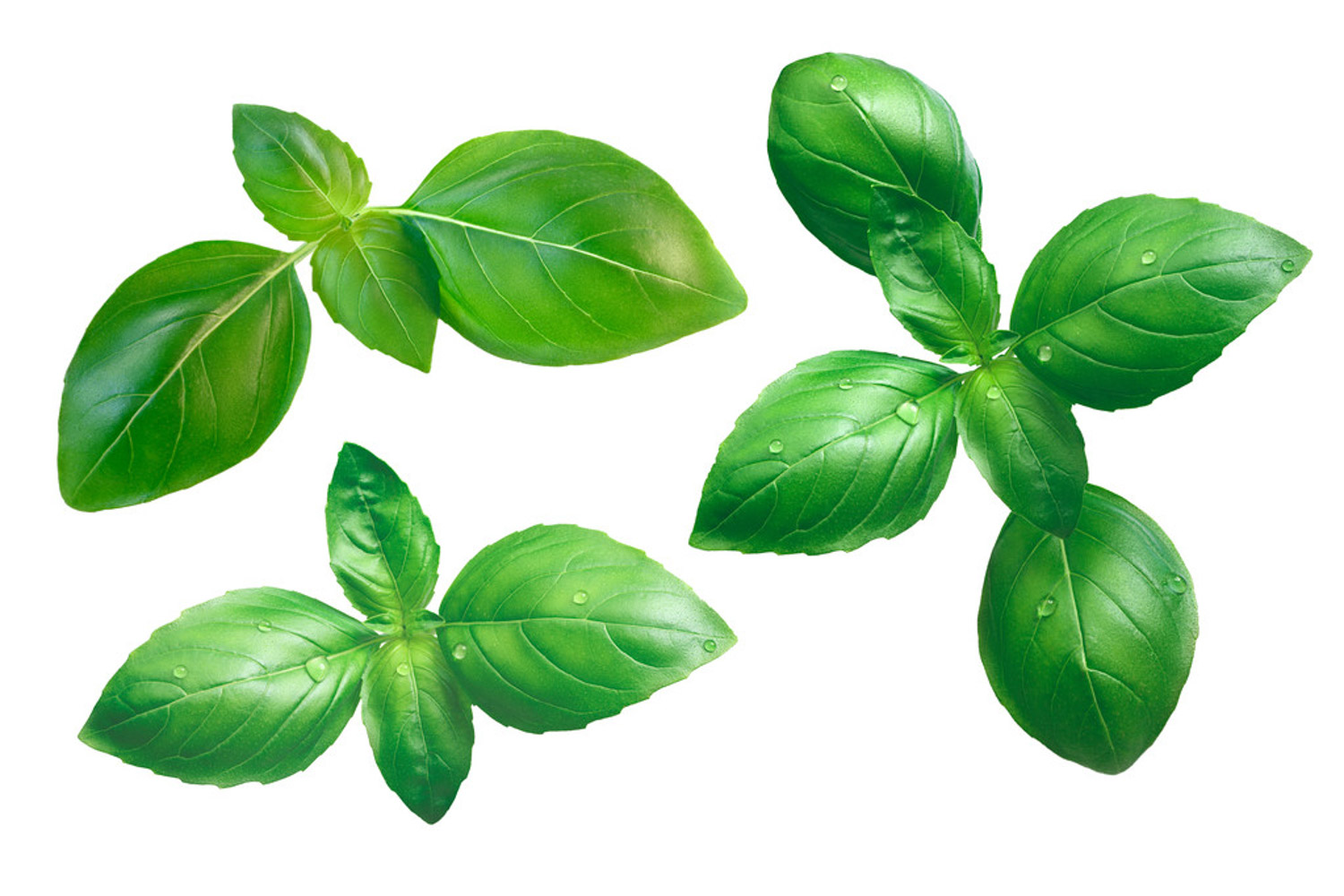
2. Whether it can be raised at home: Yes. It is non-toxic and can be raised safely. It can also be used for viewing, and the indoor temperature and light conditions are also suitable
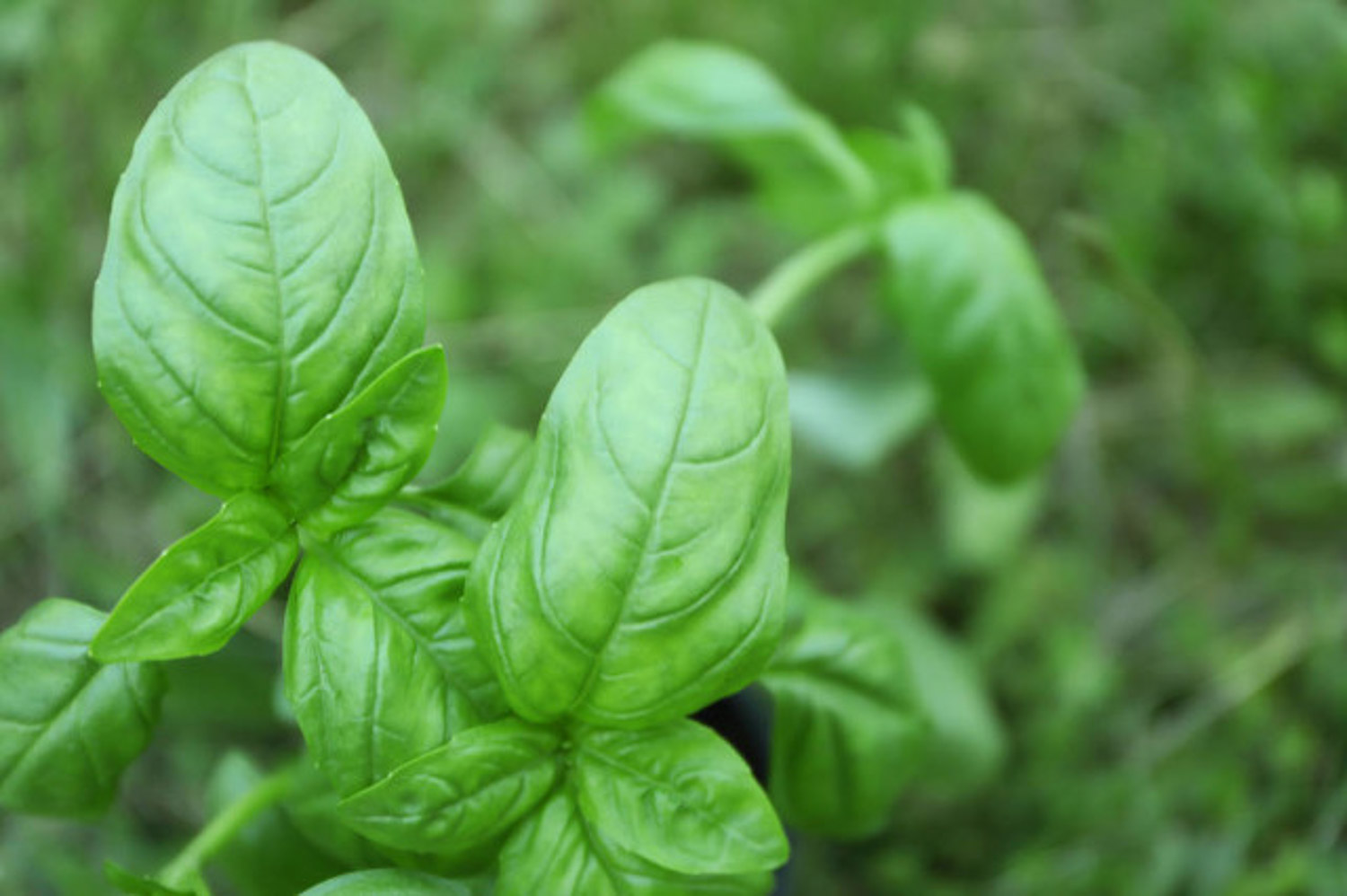

 jackfruit
jackfruit snake plant
snake plant hibiscus
hibiscus hydrangea
hydrangea lavender
lavender Green roses climb al...
Green roses climb al... If you don't pay att...
If you don't pay att... Management of four g...
Management of four g...

































